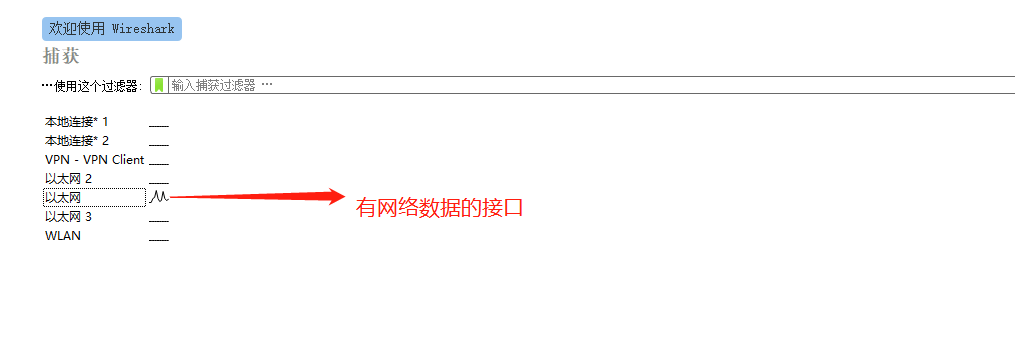Spring IoC 源码系列(三)Spring 事件发布机制原理分析
在 IoC 容器启动流程中有一个 finishRefresh 方法,具体实现如下:
protected void finishRefresh() {clearResourceCaches();initLifecycleProcessor();getLifecycleProcessor().onRefresh();// 向所有监听 ContextRefreshedEvent 事件的监听者发布事件publishEvent(new ContextRefreshedEvent(this));LiveBeansView.registerApplicationContext(this);}
这里我们只关注 publishEvent 方法,这个方法用于发布 IoC 刷新完成事件,事件时如何发布的呢?下面我们一起来看一下。
一、原理分析
@Overridepublic void publishEvent(ApplicationEvent event) {publishEvent(event, null);}protected void publishEvent(Object event, @Nullable ResolvableType eventType) {Assert.notNull(event, "Event must not be null");// Decorate event as an ApplicationEvent if necessaryApplicationEvent applicationEvent;// 根据事件类型进行包装if (event instanceof ApplicationEvent) {applicationEvent = (ApplicationEvent) event;} else {applicationEvent = new PayloadApplicationEvent<>(this, event);if (eventType == null) {eventType = ((PayloadApplicationEvent<?>) applicationEvent).getResolvableType();}}// Multicast right now if possible - or lazily once the multicaster is initializedif (this.earlyApplicationEvents != null) {this.earlyApplicationEvents.add(applicationEvent);} else {// 获取 ApplicationEventMulticaster,将事件广播出去getApplicationEventMulticaster().multicastEvent(applicationEvent, eventType);}// Publish event via parent context as well...// 判断是否存在父容器,如果存在则将事件也发布到父容器的监听者if (this.parent != null) {if (this.parent instanceof AbstractApplicationContext) {((AbstractApplicationContext) this.parent).publishEvent(event, eventType);} else {this.parent.publishEvent(event);}}}
通过上面方法可以看出 Spring 的事件是通过 ApplicationEventMulticaster 广播出去的,这个 ApplicationEventMulticaster 在 IoC 启动流程 initApplicationEventMulticaster 方法中初始化。如果该容器还存在父容器,那也会以同样的形式将事件发布给父容器的监听者。
@Overridepublic void multicastEvent(final ApplicationEvent event, @Nullable ResolvableType eventType) {// 解析事件类型ResolvableType type = (eventType != null ? eventType : resolveDefaultEventType(event));// 根据事件与事件类型获取所有监听者for (final ApplicationListener<?> listener : getApplicationListeners(event, type)) {// 获取异步执行器Executor executor = getTaskExecutor();if (executor != null) {// 如果执行器部位 null,则异步执行将事件发布给每一个监听者executor.execute(() -> invokeListener(listener, event));}else {// 同步发布事件invokeListener(listener, event);}}}
发布事件前会先获取所有已注册的监听器,而监听器早已在 IoC 启动流程的 registerListeners 方法中注册。获取到所有事件监听器之后,就可以进行事件发布了。发布的时候分为异步执行与顺序执行,默认情况下 executor 是没有初始化的,因此是顺序执行。
protected void invokeListener(ApplicationListener<?> listener, ApplicationEvent event) {// 获取错误处理机制ErrorHandler errorHandler = getErrorHandler();if (errorHandler != null) {try {// 事件发布doInvokeListener(listener, event);}catch (Throwable err) {errorHandler.handleError(err);}}else {doInvokeListener(listener, event);}}private void doInvokeListener(ApplicationListener listener, ApplicationEvent event) {try {// 执行监听器的 onApplicationEvent 方法listener.onApplicationEvent(event);}catch (ClassCastException ex) {String msg = ex.getMessage();if (msg == null || matchesClassCastMessage(msg, event.getClass())) {// Possibly a lambda-defined listener which we could not resolve the generic event type for// -> let's suppress the exception and just log a debug message.Log logger = LogFactory.getLog(getClass());if (logger.isTraceEnabled()) {logger.trace("Non-matching event type for listener: " + listener, ex);}}else {throw ex;}}}
到这里 Spring 的事件通知机制流程就结束了,总的来说还是比较好理解的。
二、事件通知 demo
了解了事件通知机制的基本原理后,下面我们来写个 demo 体验一下监听器是如何使用的。参考自:Event事件通知机制
// 定义一个 Eventpublic class EventDemo extends ApplicationEvent {private static final long serialVersionUID = -8363050754445002832L;private String message;public EventDemo(Object source, String message) {super(source);this.message = message;}public String getMessage() {return message;}}// 定义一个监听器1public class EventDemo1Listener implements ApplicationListener<EventDemo> {public void onApplicationEvent(EventDemo event) {System.out.println(this + " receiver " + event.getMessage());}}// 定义一个监听器2public class EventDemo2Listener implements ApplicationListener<EventDemo> {public void onApplicationEvent(EventDemo event) {System.out.println(this + " receiver " + event.getMessage());}}// 定义一个事件发布者public class EventDemoPublish {public void publish(ApplicationEventPublisher applicationEventPublisher, String message) {EventDemo eventDemo = new EventDemo(this, message);applicationEventPublisher.publishEvent(eventDemo);}}
在 XML 中配置 bean:
<bean id="eventDemoPublish" class="com.jas.mess.event.EventDemoPublish"/><bean id="eventDemo1Listener" class="com.jas.mess.event.EventDemo1Listener"/><bean id="eventDemo2Listener" class="com.jas.mess.event.EventDemo2Listener"/>
编写测试类:
@Testpublic void eventTest() {ApplicationContext applicationContext = new ClassPathXmlApplicationContext(configLocation);applicationContext.getBean("eventDemoPublish", EventDemoPublish.class).publish(applicationContext, "hello world");}
控制台输出:
不知道你有没有注意到,在发布事件的时候我们传的发布者是 applicationContext,applicationContext 本身继承自 ApplicationEventPublisher 接口,因此它本身也是一个事件发布者。
参考阅读
Event事件通知机制 by wangqi


































还没有评论,来说两句吧...